
Born on February 20, 1902, Ansel grew up in a house situated on the dunes west of San Francisco. In his early life he proved to be a ambitious musician. However, once he received his first camera in 1916, he slowly transitions from a musician to a photographer. He created his first visualized photograph in 1927, Monolith, the Face of Half Dome. This photo shows the mountain rising from an ink-black sky, its face illuminated by a dazzling midday sun just out of frame. Though Ansel initially made an exposure using a yellow filter, he immediately swapped that for a dark red filter, which darkened the sky and produced the deep shadows and bright light we recognize in the final image. He met many photographers that influenced his work, and changed his style away from the ‘pictorial’ (photos that look like paintings) and more towards the ‘straight photography’. And by 1935, he was famous in the photographic community.
He was apart of the sierra club and eventually because the sierra clubs official photographer – the worlds oldest environmental preservation societies. He proposed improving parts and wilderness areas, becoming known for both an artist and a representative of Yosemite national park. In his time, he managed to prevent the building of a dam in the national park (kings canyon), by convicting congress to preserve the natural environment. He was considered on the Americas most influential conservationists and received a presidential medal.

Ansel Adams and the “group f/64” rebelled against the pictorialism photography. Ansel Adams states below what the mission of “group f/64” was, and how revolutionary it was: “It was devotion to the straight print, paper surfaces without textures that would conflict with the image texture. It was a belief in sharpness throughout the photograph. Good craft, in other words. F/64 is a small stop on the camera that gives great depth of field and sharpness.
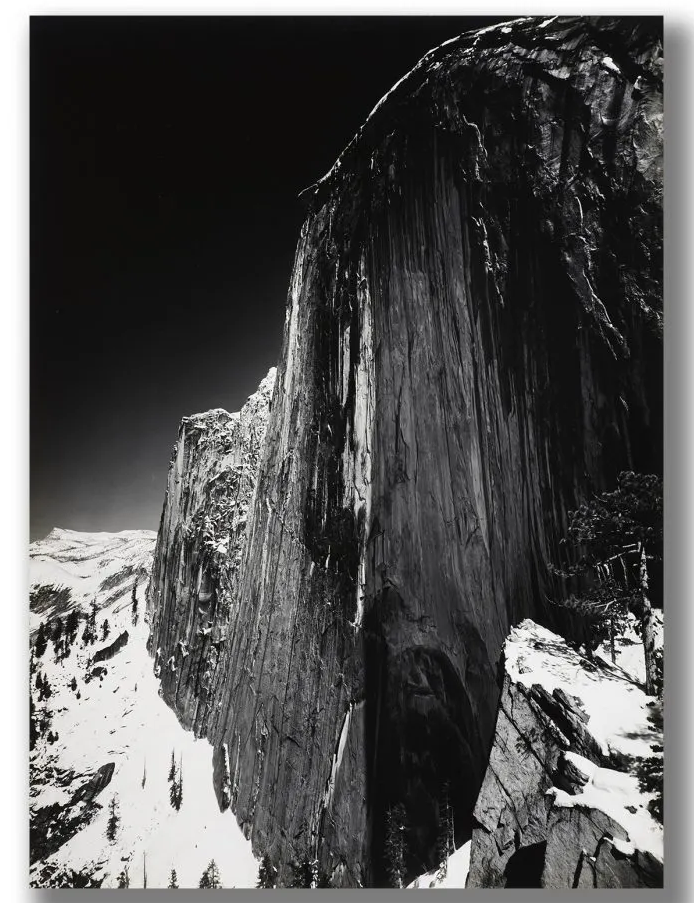
He’s now considered to be the most important landscape photographer of the 20th century. His popularly has only increased after his death, as it shows the countries remaining fragments of uninhabited wilderness(especially national parks), which is only becoming more rare as time moves on.
monochromatic photography:
Monochromatic photography is a style of photography that relies on the use of one colour, in one or more shades, to create an image. Ansel Adams used monochromatic images in Black and white to bring out depth and high contrast in his images. Using one colour allowed Adams to focus on light and shadows, as well as lines and shapes. This can create an image that is highly stylized and that has a unique and memorable look.
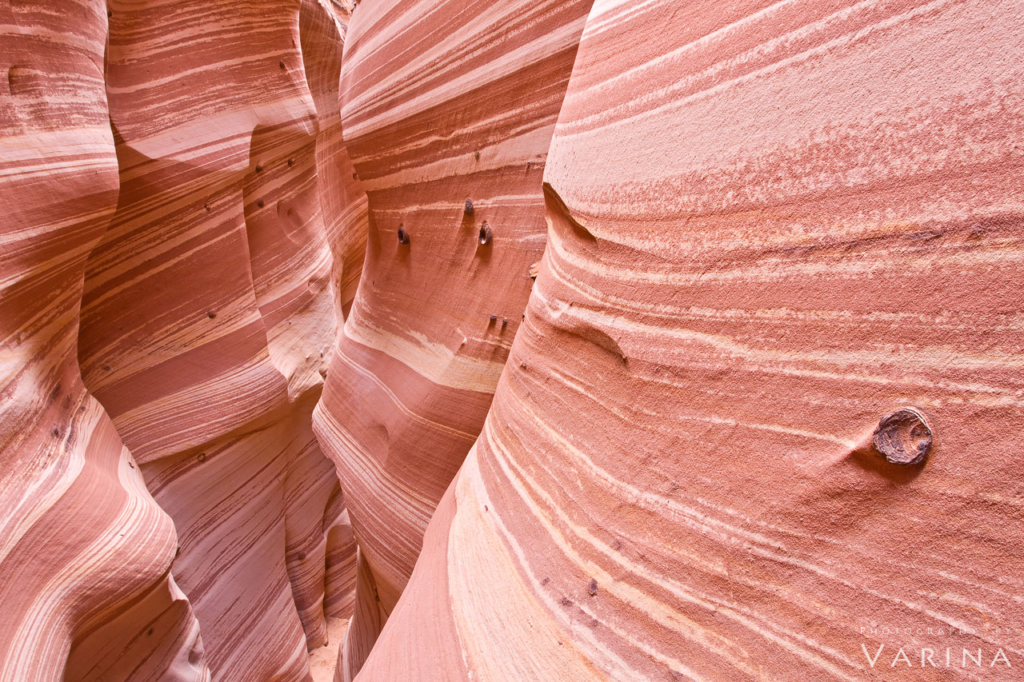
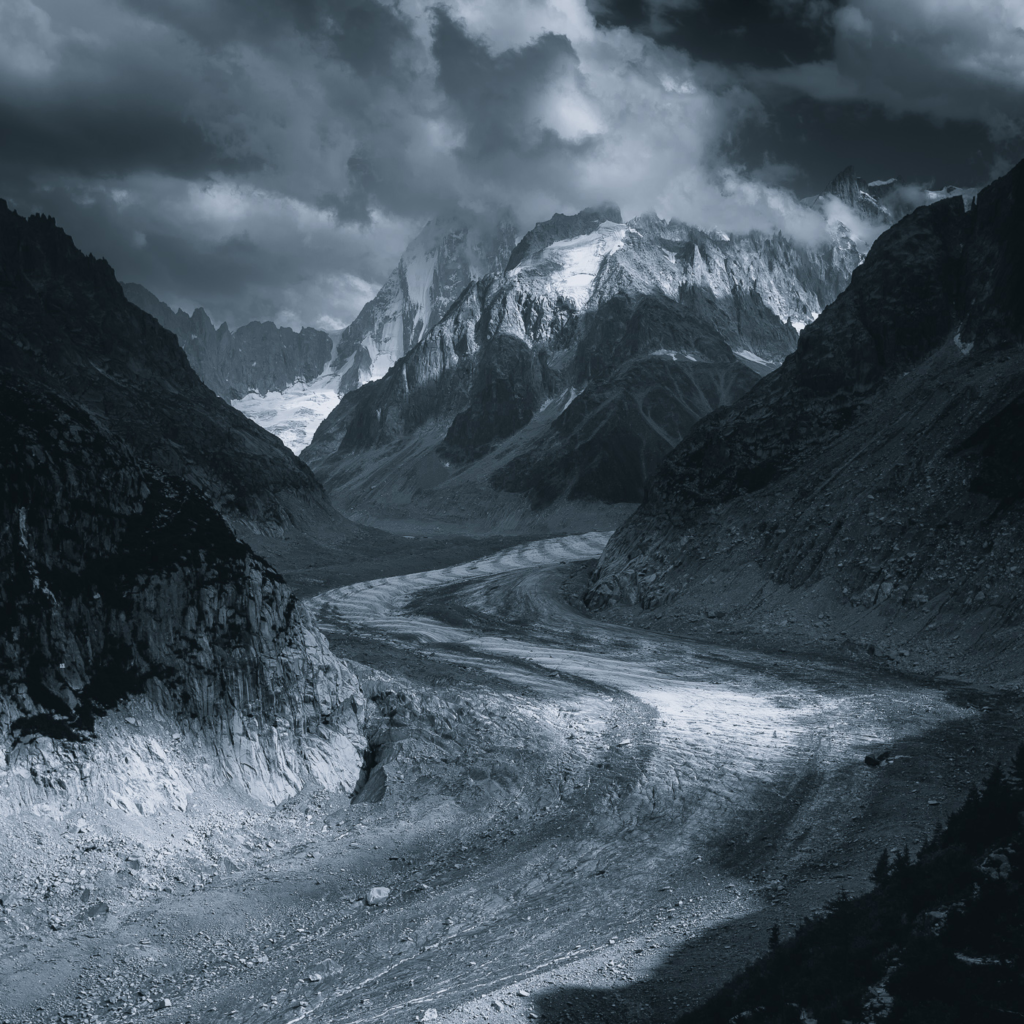

Visualisation:
Ansel Adam began visualising his whole photo after he starting taking photography seriously. The idea behind this concept was to visualize in your minds eye the end result that you were trying to achieve prior to actually taking the photograph. An example may be finding the best camera angle, or the sort of light that will bring the best out of the scene, Or for professionals, Envisioning the whole image, creating an imaginary image in your head of the whole composition, colour, leading lines, and more. Of course, Some areas of the photograph may not look like how you envisioned it, so Ansel Adams might of changed the lens, colour filter, burning (increases exposure) and dodging (decreases exposure in areas).
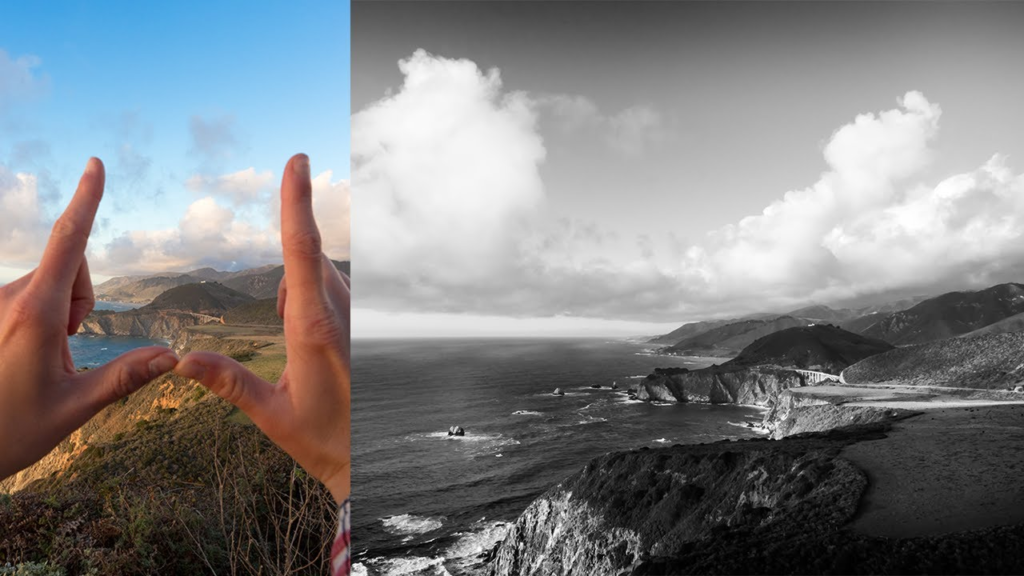
The zone system:
The 11 zones were defined to represent the gradation of all the different tonal values you would see in a black and white print, with zone 5 being middle grey, zone 0 being pure black (with no detail), and zone 10 being pure white (with no detail).
When Ansel Adams spitted his image into different zones, He was able to visualise how the scene in front of him can be translated into black and white film. By doing this you wont leave out any detail as there would be less pure black and white in his images.
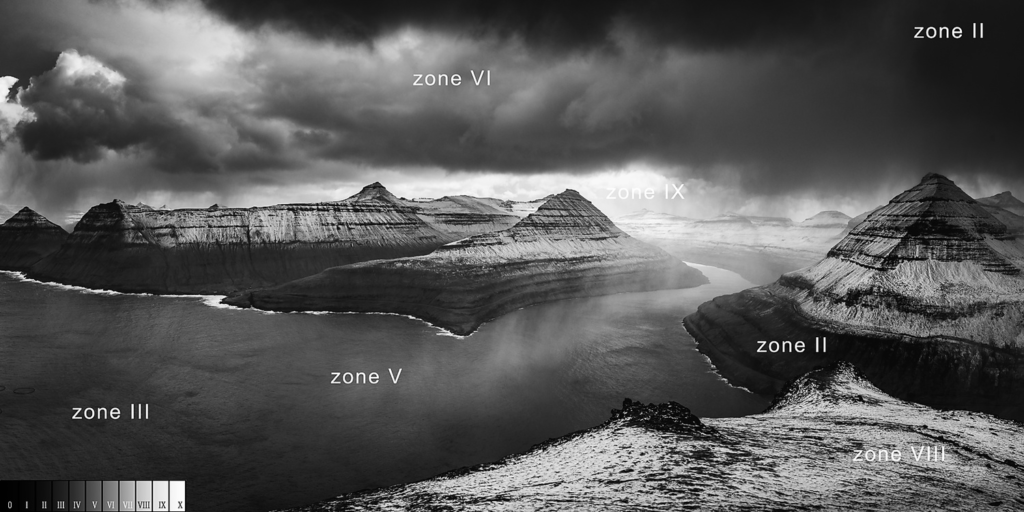

Photograph analysis – The Grand Tetons And The Snake River

Taken in 1942, in the Grand Teton National Park, It strikes the viewer with a sense of power created by nature.
This 1942 photograph was originally conceived as part of The Mural Project for the US Department of the Interior, which Adams worked through one trip during the fall of 1941 and another in May and June of 1942. The project was initially planned to celebrate the US’s National Parks system in a suite of large-scale mural-sized prints, that would have lined the walls of the Department of the Interior building, separate from, but in concert with, the pre-existing painted WPA murals already installed.
Adams offers a masterclass in compositional balance, The bright shimmering river that swerve from the bottom right on the image, all the way to the centre, which acts as leading lines towards the mountains. This is juxtapositioning with the craggy and dramatic peaks of the Tetons, Topped with brooding storm clouds, giving drama in the image. The storm could break within seconds of Adams taking this photo, or it could pass, giving the viewer a sense of tension when seeing the image.
